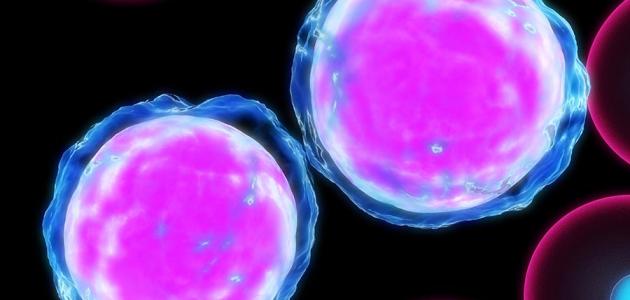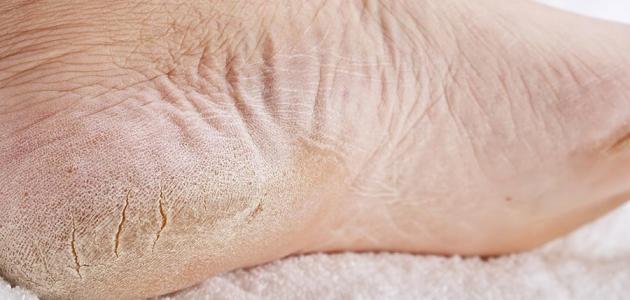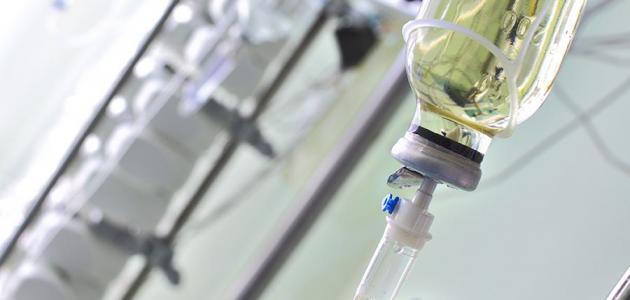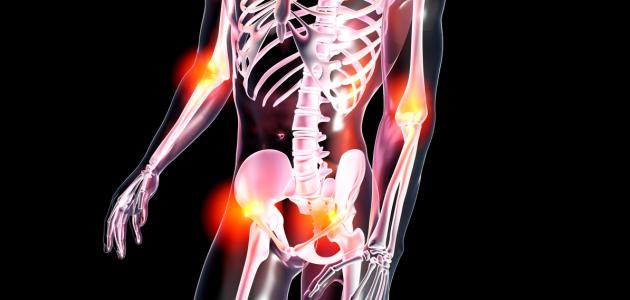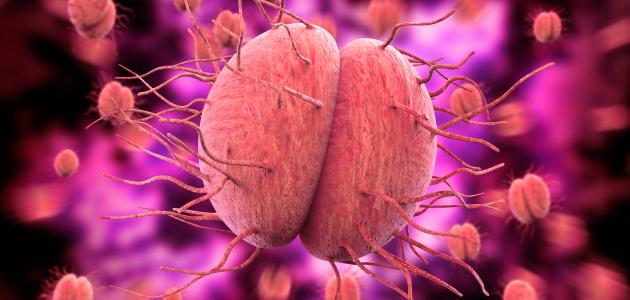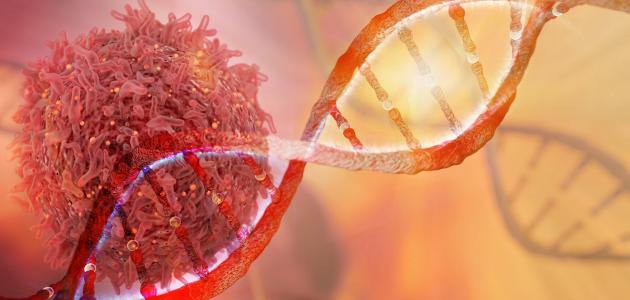Contents
The spread of the disease and its pathogen
The disease usually affects children from the age of 5-15 years, and the disease is a common disease in the Middle East, Far East, Eastern Europe and South America, but it is rare in the United Kingdom , Western Europe and North America, and the prevalence of the disease was in 1920 10%, but now it is only 0.1%, and the reason for the decline in disease prevalence is due to improved hygiene in most societies and because of the use of antibiotics.
So this disease usually affects poor communities with poor nutrition and who live in crowded and unsanitary residential places. As for the pathogenesis of the disease, when pharyngitis and tonsillitis occurs by group A of beta-hemolytic streptococcus bacteria, the immune system produces antibiotics against the existing M protein. On the external surface of bacteria, these antibiotics cause symptoms of the disease as they affect various body systems, leading to inflammation and being affected, so the disease is due to autoimmunity and not because of the direct effect of bacteria on cells.
The disease affects various body systems, so when scientists performed a histological examination of the heart of a child with rheumatic fever, they found what are called bodies that I see inside the cells, which are a distinctive sign of this disease, and are located in the inner heart membrane and the heart muscle, as well as the influence of the heart valves and the presence of warts on them The scientists also found that the membrane surrounding the heart also suffers from acute inflammation in people with rheumatic fever, and it may eventually be damaged, and upon examining the synovium membrane in the joints, the scientists noticed its inflammation as well.
Other topics on rheumatism
Read about: ( Rheumatism )
Read about: ( Symptoms of Rheumatism )
Read about: ( Rheumatology Diagnosis )
Read about: ( Rheumatology )
Read about: ( Prevention of rheumatism )
Read about: ( Future course of rheumatism )
A summary of the disease
One of the most important symptoms of the disease is the patient’s feeling of heat with loss of appetite, general weakness, heart palpitations and joint pain, and the patient may sometimes suffer from what is called dancing, and the treatment of the disease is focused on complete rest, aspirin and cortisone as well, and the prevention of the disease is based on the use of penicillin for five years At least after the disease or twenty years of age, and the most important complications of the disease are its impact on the mitral valve leading to regurgitation.
References
1- cristopher's hasslet and others, 2009, Davidson's principles and practice of medicine, New York, Churchill livingistone.
2- Fauci and others, 2009, Harrison's manual of medicine, USA, McGraw-Hill.
3-Judith Sondheimer, 2008, current essential pediatrics, USA, McGraw Hill lange.
4-Richard E. and others, 2004, Nelson textbook of pediatrics, USA, Saunders


